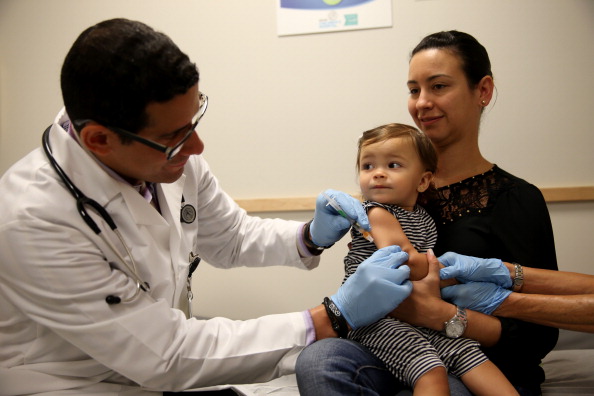
Parents, here's a heads-up: you may be spending more time with your pediatrician in the future.
The American Academy of Pediatrics (AAP) has just released its list of preventive pediatric health care online on Monday, Dec. 17. It will be part of the first month's issue of Pediatrics next year.
Some of the changes include routine eye screening for 18 years old and below based on risk assessment only. This is because the group has found new evidence that suggests low-risk children do not develop new vision problems often.
Girls are advised to undergo cervical dysplasia screening only when they reach the age of 21. Previous recommendation said that girls between the ages of 13 and 21 should undergo risk-assessment-based screening routinely. Cervical dysplasia is a condition where precancerous cells are detected in the cervix.
Many types of screening tests have been added. These include an HIV screening, which should be conducted among teens from 16 to 18 years old. According to AAP, new statistics reveal that children as young as 13 can acquire HIV infection, which can be transmitted through contact with contaminated fluid such as during sexual intercourse. At least 1 in every 4 diagnosed infections happens among teens from 13 to 24. More than 55% of these sufferers are undiagnosed.
Teens from 11 to 21 years old will also be screened every year for depression. AAP suggests using CRAFFT questionnaires to determine possible addiction to alcohol and drug. CRAFFT stands for car, relax, forget, friends, and trouble.
Fluoride varnish is also recommended for children between six months and five years to help combat dental cavities. Newborns, meanwhile, will be checked for a congenital heart disease with pulsing oximetry before they can be discharged from the hospital. This exam is on top of the newborn screening test.
As childhood obesity increases in the country, cholesterol screening is also now applicable to children, at least for those who are 9 years old to 11 years old.
The primary consideration for the changes and additions is to spot health risks that can be life threatening once the children become adults.
